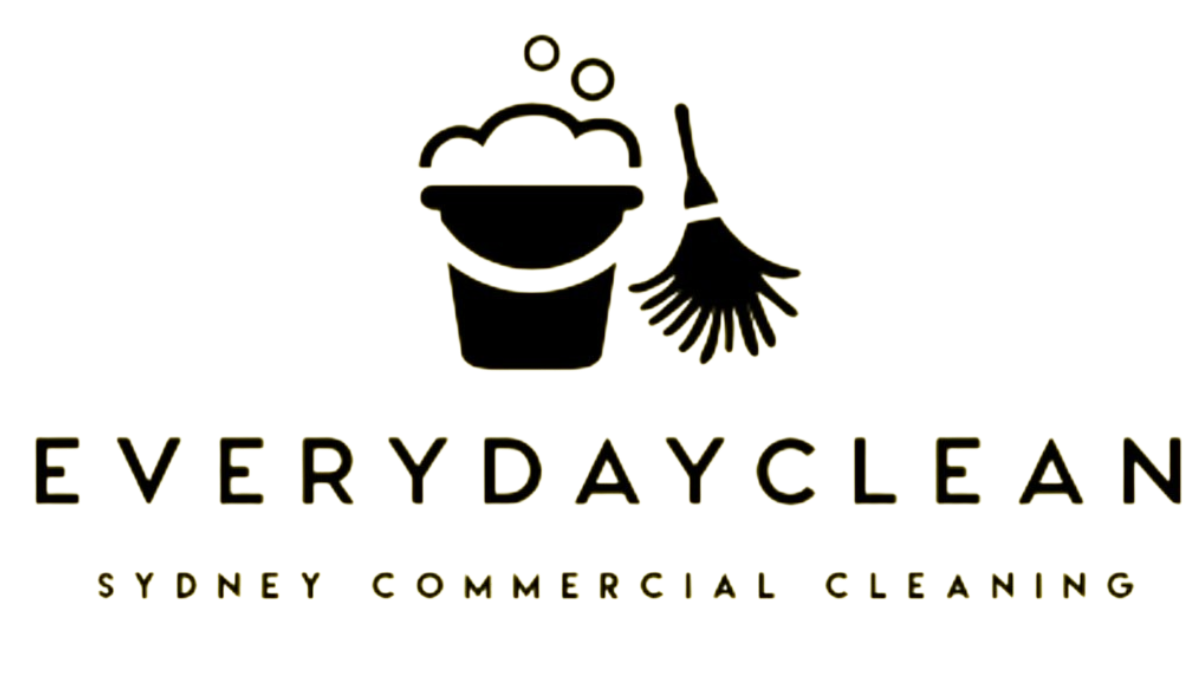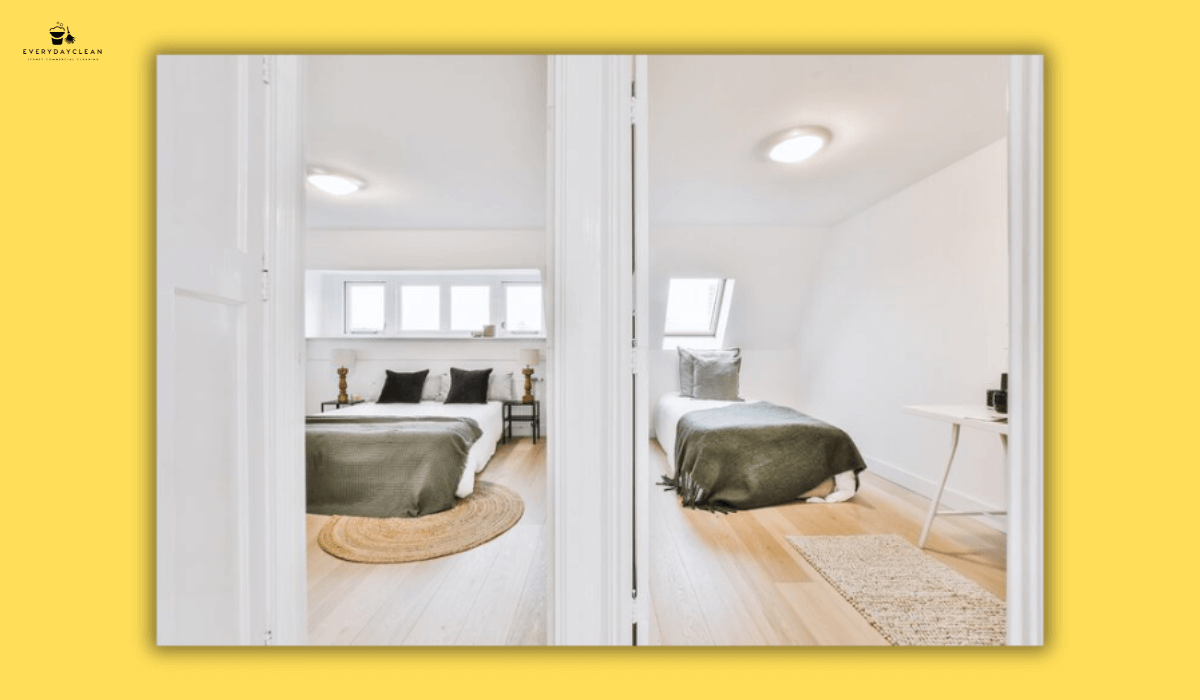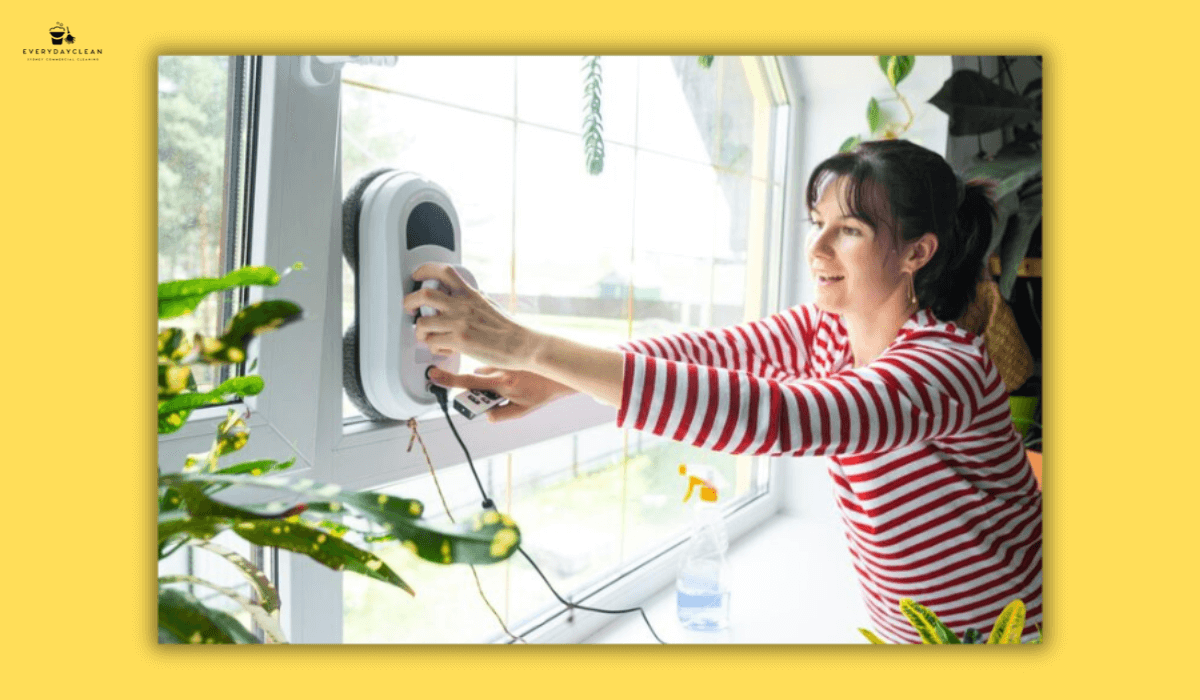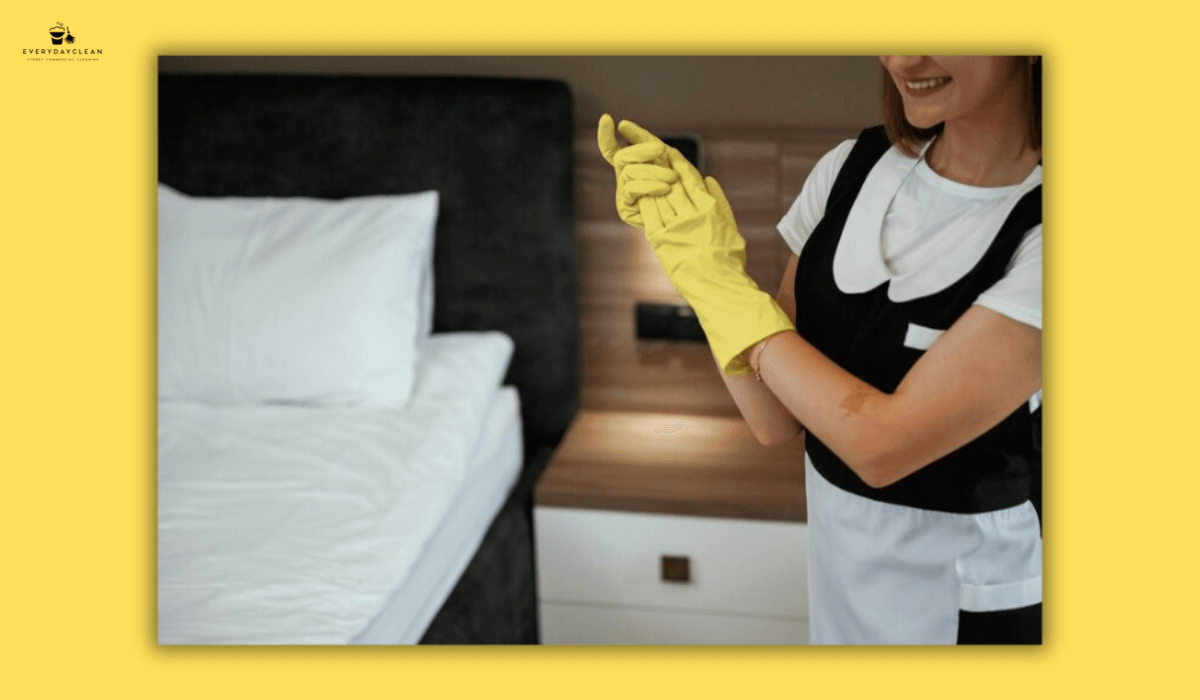Floor Polishing vs Scrubbing: Sydney Office Maintenance Guide
Choosing the right floor polishing and scrubbing floor cleaning methods is crucial for busy workplaces in Sydney. This expert guide from Everyday Clean breaks down floor polishing versus scrubbing, helping facility managers and business owners make informed decisions that enhance floor appearance, extend longevity, and optimize cleaning budgets. Discover practical insights and real-world tips tailored for Sydney’s commercial environments, with a focus on floor polishing.
Understanding the Basics of Floor Polishing and Scrubbing
What is floor polishing and when to use it
Floor polishing involves applying a protective finish—often wax, acrylic, or urethane—and buffing it to a high shine. The process begins with cleaning and drying the surface, then spreading the polish in thin, even coats. A rotary or high-speed buffing machine compacts the finish, sealing microscopic cracks and creating a reflective layer.
This technique is ideal for reception areas, boardrooms, and customer-facing lobbies, where aesthetics and protection are priorities. In Sydney’s temperate climate, scheduling floor polishing every three to six months maintains a professional look without disrupting daily operations.
What is floor scrubbing and its ideal applications
In contrast, floor scrubbing uses a powered machine with rotating brushes and an alkaline or neutral cleaning solution. The bristles agitate the surface, dislodging deeply embedded dirt, grease, and residual finish layers. Following scrubbing, surfaces require rinsing and drying before any fresh floor polishing can occur. Scrubbing is best suited for high-traffic zones—corridors, kitchens, workshops, and loading docks—where grime accumulates rapidly. Depending on usage, commercial settings may need scrubbing every four to eight weeks to maintain hygiene and safety standards
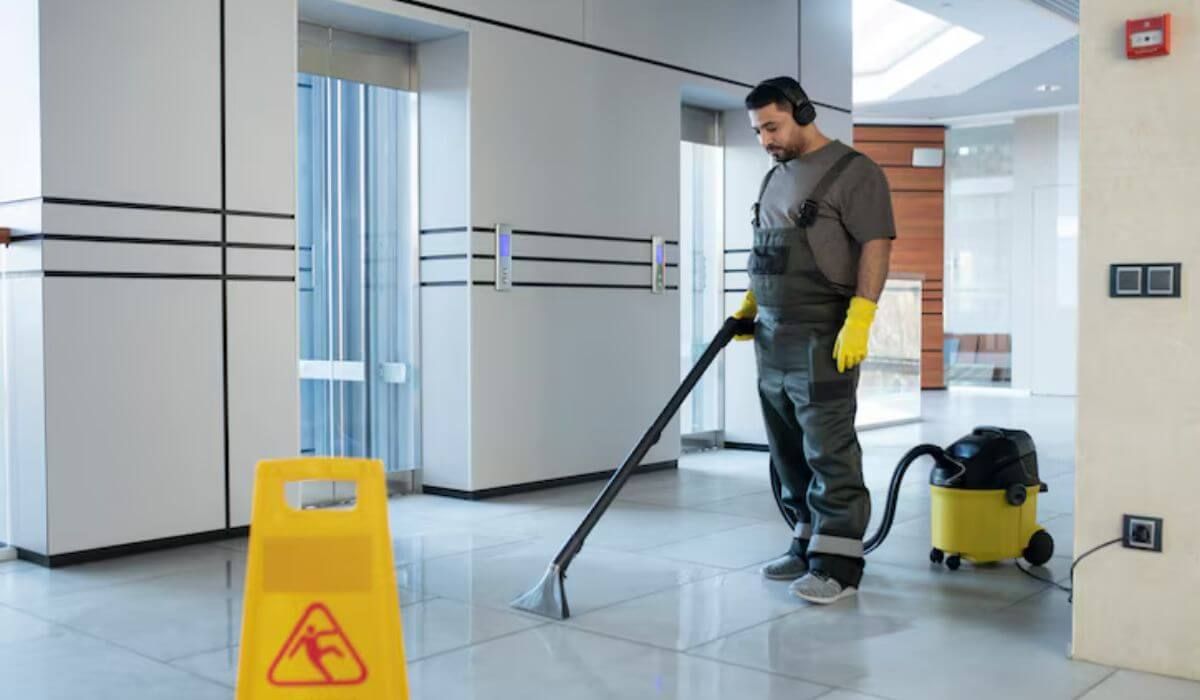
Key Benefits of Floor Polishing for Sydney Offices
Enhancing floor aesthetics and creating a professional environment
A well-polished floor reflects light, brightening interior spaces and conveying an image of cleanliness and professionalism. In a Barangaroo financial firm, quarterly floor polishing of their marble foyer led to an 88% “very professional” rating in client surveys. The high-gloss finish also complements modern interior design trends, making it popular among co-working spaces and creative agencies in Sydney’s CBD.
Extending floor lifespan and reducing long-term maintenance costs
Beyond visual appeal, floor polishing acts as a sacrificial layer, protecting substrates from scratches, stains, and day-to-day wear. A Surry Hills tech startup implemented a combined scrubbing-polishing program and reported 20% savings on replacement flooring over five years. By preventing surface degradation, polished floors delay costly repairs or full replacements, offering a clear return on investment for facility managers.
Advantages of Floor Scrubbing in Commercial Settings
Removing embedded dirt and improving hygiene standards
While polishing enhances shine, scrubbing provides deep cleansing. The mechanical action reaches into grout lines and textured surfaces where bacteria and allergen particles hide. At a Parramatta co-working space, switching to bi-monthly scrubbing reduced dust-related complaints among staff by 35%. In environments where food handling or healthcare services occur, scrubbing ensures compliance with strict hygiene regulations and helps prevent slip incidents caused by grease buildup.
Preventing floor damage and delaying costly replacements
Dirt and grit act like sandpaper under foot, gradually abrading finishes and weakening tiles. Routine floor scrubbing removes these abrasives, protecting the floor structure. A North Sydney legal office avoided premature tile replacements over three years by adopting a quarterly scrubbing schedule, complemented by floor polishing in client-facing areas. This proactive maintenance model underscores the long-term savings achievable through preventive care.
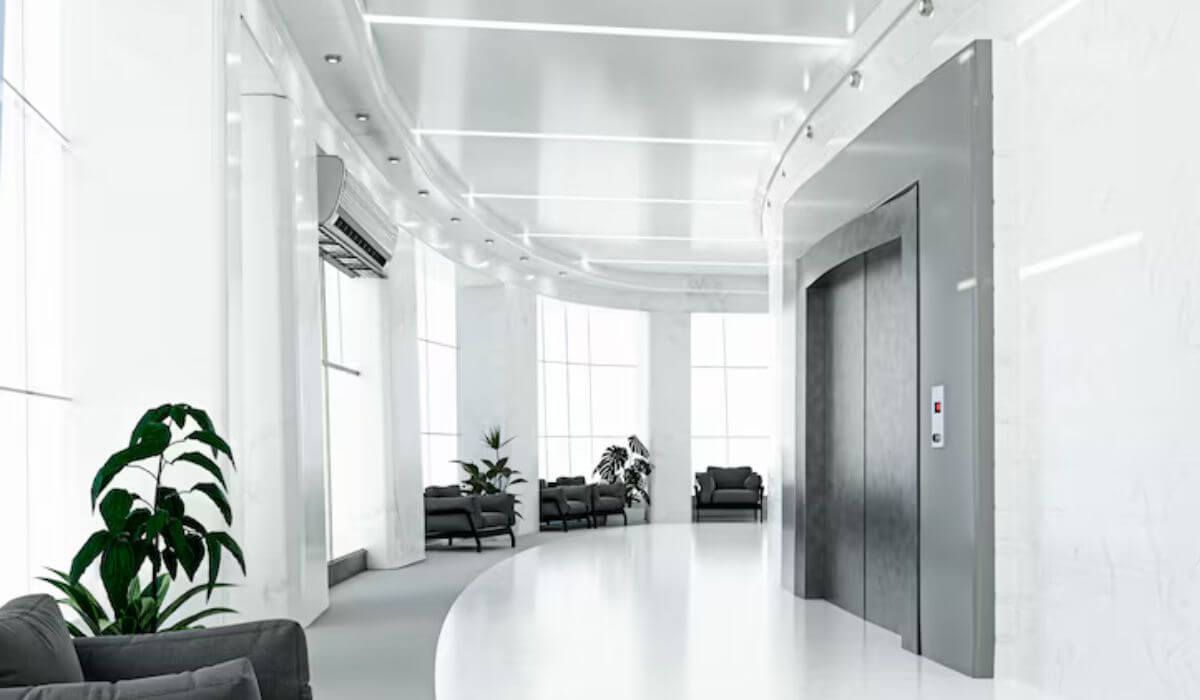
How to Choose the Right Floor Cleaning Method for Your Workplace
Assessing floor type, traffic level, and cleaning goals
Begin by cataloging your floor surfaces—vinyl, ceramic tile, hardwood, or polished concrete—and mapping traffic density. High-traffic corridors may require scrubbing every 4–6 weeks, while remote offices might only need scrubbing quarterly. Polishing frequency depends on desired sheen: luxury retail spaces often polish monthly, whereas back-office areas may suffice with bi-annual floor polishing. Align these methods with your cleaning objectives: aesthetic enhancement, hygiene standards, or surface protection.
Balancing cost, frequency, and operational disruption
Floor scrubbing incurs higher labour and equipment costs—approximately 40–60% more per session than polishing—but prevents emergency restorations. Floor polishing is less disruptive and cheaper, yet offers limited cleaning depth. Schedule scrubbing overnight to minimize downtime, and reserve floor polishing for weekends. Combining both ensures cost-efficiency: routine scrubs followed by strategic polishing keep floors both clean and glossy without interrupting business hours.
Real-Life Case Studies and Experiences from Sydney Businesses
Everyday Clean’s tailored cleaning plans and client success stories
At Mascot logistics hub, our hybrid program—bi-monthly scrubbing of warehouse floors and quarterly floor polishing of administrative zones—reduced overall floor maintenance costs by 25% and improved forklift safety by maintaining clear, non-slip surfaces. Similarly, a Sutherland Shire law firm partnered with us for monthly polishing of their marble reception area and quarterly scrubbing of back-office tiles. They saw a 30% reduction in cleaning-related complaints and a marked increase in client satisfaction.
Practical tips learned from facility managers managing floor maintenance
- Michael, Bondi Beach Agency: “We tag polished zones in our calendar for midday viewings, while scrubbing happens after hours. Coordination means zero client disruption.”
- Lena, North Ryde IT Firm: “We installed footfall counters to adjust our scrubbing frequency—high-traffic hallways get extra attention, while meeting rooms stay polished.”
These insights illustrate how data-driven scheduling enhances both floor polishing and scrubbing effectiveness.
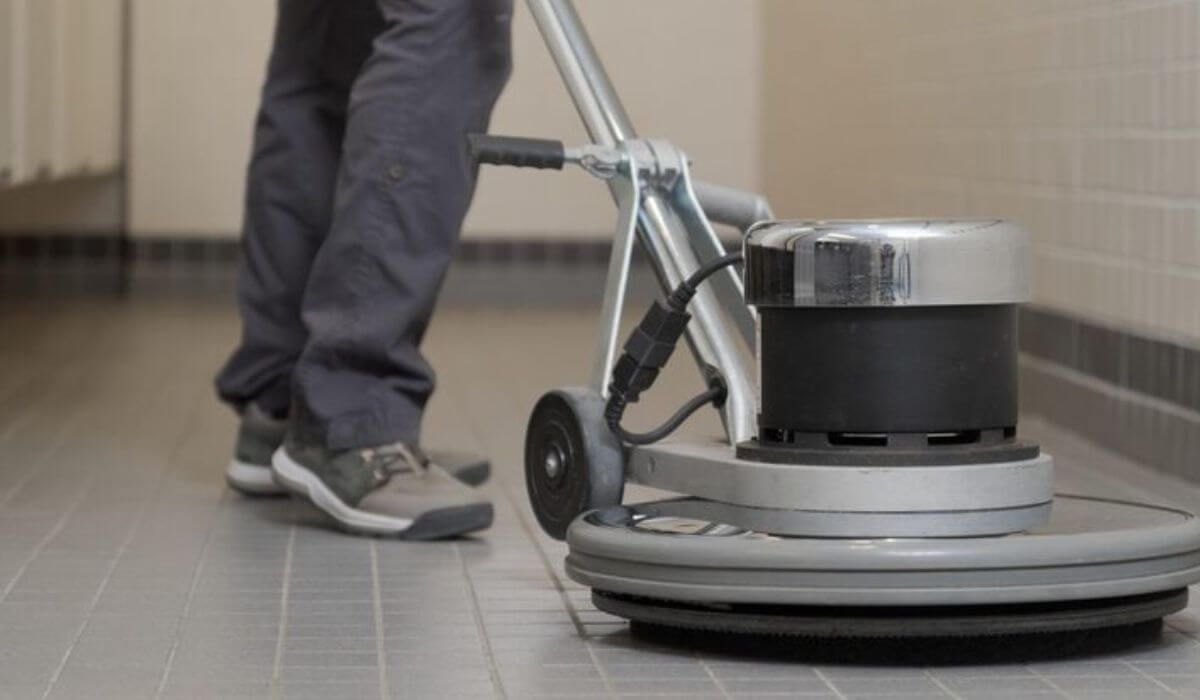
Frequently Asked Questions About Floor Polishing and Scrubbing
How often should each method be performed?
- Floor scrubbing: Every 4–8 weeks in high-traffic zones; quarterly elsewhere.
- Floor polishing: Quarterly for showrooms and reception; bi-annual for general areas.
Adjust schedules for seasonal variations—Sydney’s summer events may warrant extra scrubs and polishes.
Can polishing and scrubbing be combined effectively?
Absolutely. Best practice: scrub first to strip old finishes and deep clean, then apply floor polishing after full drying—typically 24 hours. This sequence ensures maximum hygiene and shine longevity.
Ready to Optimize Your Floor Polishing and Cleaning? Contact Everyday Clean Today!
Elevate your commercial floor maintenance with expert floor polishing and scrubbing programs. Contact Everyday Clean for a free consultation and customised quote on the best floor polishing and cleaning methods for your Sydney workplace. Let us help you enhance appearance, extend floor life, and optimize your cleaning budget through tailored floor polishing solutions.
